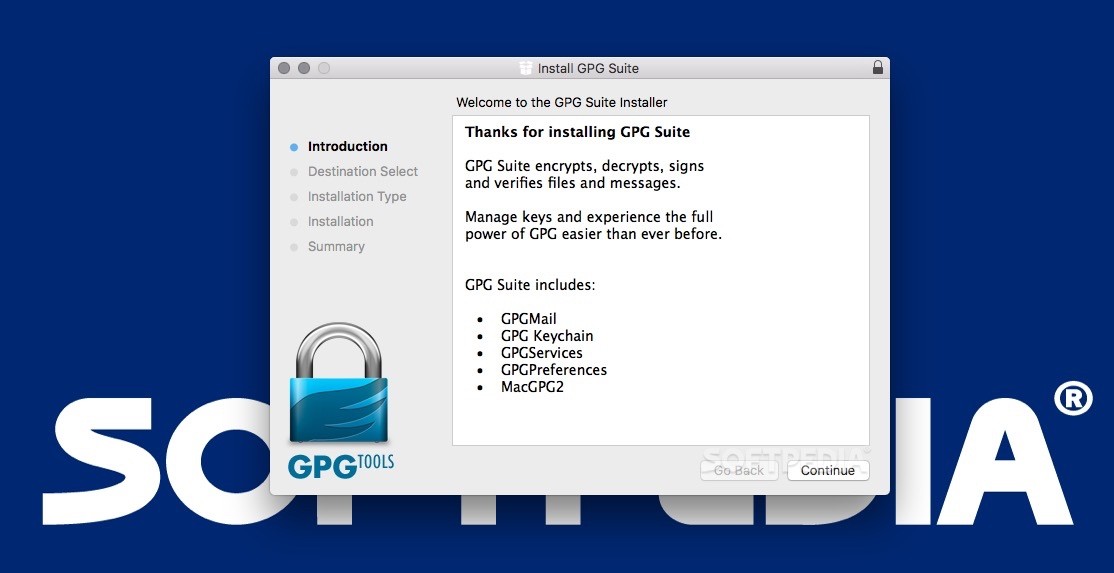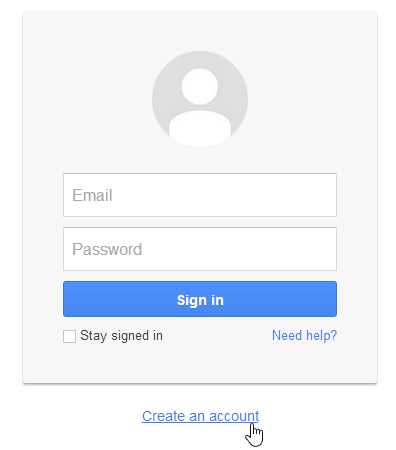
The GnuPG website provides lots of support, but much of it is highly technical and not newbie-friendly. Public key – distributed so that others can use it to encrypt mail for sending to you.Private key – kept secret and used to decrypt own mail.They also have a public key, which they freely distribute so that other people can use it to send them encrypted mail. With public-key cryptography, each user has a private key, which they keep secret and use to decrypt emails sent to them using their public key. If all this sounds complicated, that’s because it is! However, once you get your head around the key concepts, it all becomes much clearer. These keys can then be exchanged with other users, and users may add a digital signature to verify the identity of the sender and the message’s integrity. GnuPG works by encrypting messages using asymmetric key pairs generated by individual GnuPG users.
#New email gpg suite full#
Developed by the Free Software Foundation, GnuPG is free, open-source and completely compatible with PGP, using a full implementation of the OpenPGP standard ( RFC 4880). Gnu Privacy Guard (also known as GnuPG or just GPG) is an open-source clone of the highly popular email encryption program Pretty Good Privacy (which is now commercially available from Symantec). This ‘how-to’ guide is aimed at making the process clearer, providing step-by-step instructions for setting PGP in Windows. However, the concepts involved are complex and often confusing a problem compounded by the fact that setting up PGP encrypted email is unintuitive and poorly explained in existing documentation. In GPG Tools this is easy again, you just open your key details, hit the User IDs tab, and add an email there.The best way to keep your private email private is to use PGP encryption. You just copy that again and upload the modified public key to Facebook, GitHub, wherever. All it does is change the information on your public key. If you want to use the gpg CLI tool: (same on every OS). Assuming you're talking about GPG Suite for macOS, if you open your key details there is a "Change" button next to the expiration date. If you do add an expiration date anyways, you can extend it easily. If your key were compromised it is very important that you revoke it rather than rely on expiration. If someone were to get your private key somehow, they could just extend the expiration date themselves. Honestly I can't think of a reason to have an expiration date at all if you create a revocation certificate and keep it backed up safely somewhere. Open registration, use as your homeserver, or sign up on our Riot installation Related: Your donation will cover our cost for server, domains, coffee, beer and pizza. Our website is free of advertisement and not affiliated with any listed providers.

#New email gpg suite mods#
All surveys, fundraising and petitions must be approved by the Mods before submission.
#New email gpg suite mod#



 0 kommentar(er)
0 kommentar(er)
